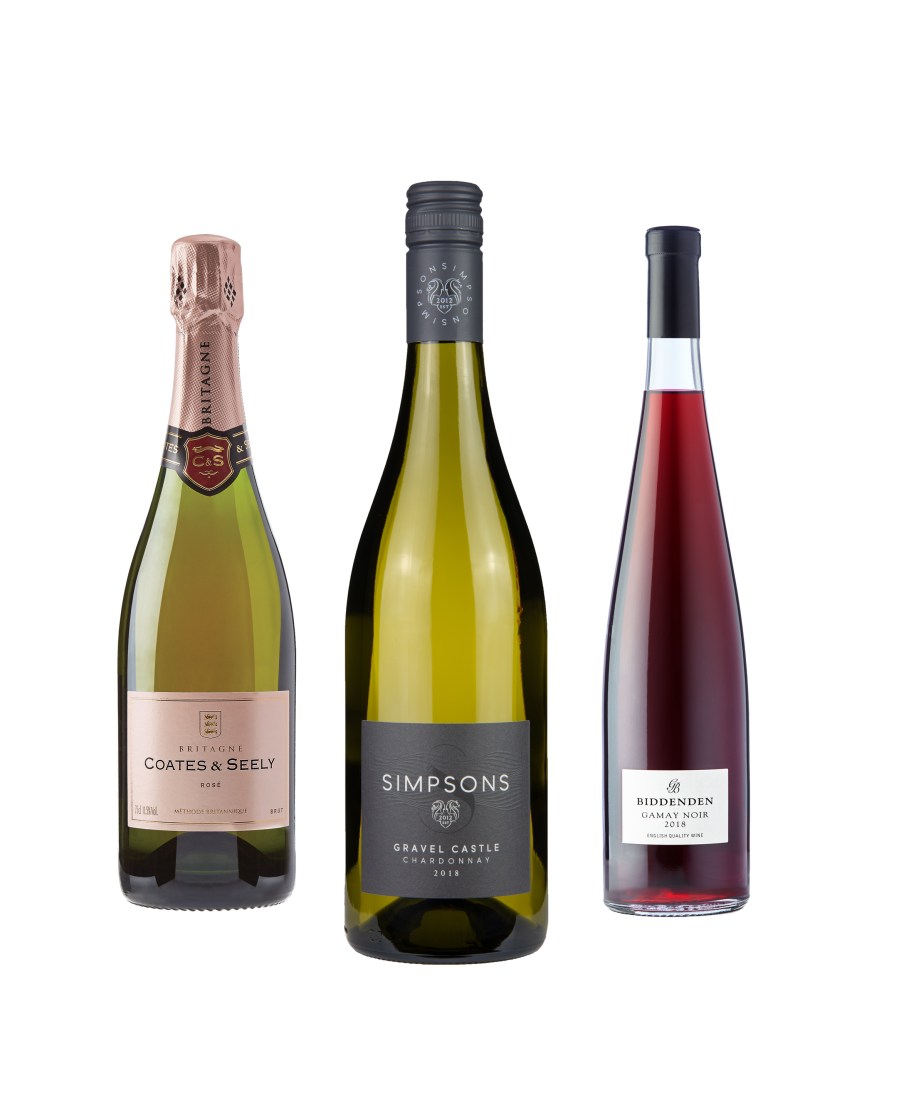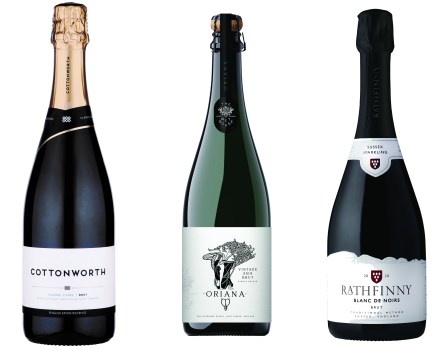We have gone from a one-horse game to a Grand National.
The first week of September was a busy one and it started with a bang – the annual South African wine tasting had everyone scratching their heads. It was by far and away the best line-up of Cape wines ever seen on our shores. It seemed as if every single estate had brought their ‘A’ game to the event. It rather begged the question, where had these wines been hiding all these years? The answer is that South Africa is currently on a massive upturn in quality driven by a good number of leading estates striving for perfection and getting jolly close. The rest are surfing this wave and the collective results are clear to see.
The very next day, Wines of Great Britain (WineGB) smashed it out of the park too. This time, it was a more predictable state of affairs, because we know that practice makes perfect and that the vast majority of English and Welsh producers are putting everything they have into perfecting their craft.
There were a handful of lacklustre bottles on show, of course, but I tasted every wine in the booklet and with one unmentionable exception everything looked very smart indeed! I walked over to where wine goddess Jancis Robinson was perched, tapping into her laptop, and we both agreed that we were being spoiled as wine writers – if only this happened more often!
It makes me proud to think that only a few years ago there were only a handful of truly world class wines poured at our annual wine bonanza. Nowadays, we can forensically analyse multiple wines and conduct serious taste-offs in order to narrow down to the very best bottles. We have gone from a one-horse game to a Grand National.
Opposite, I have chosen three wines from the WineGB tasting which really impressed me. Each one shows a glimpse of the future and they all gently broaden our repertoire as a wine making country. These wines could not have been made a few years ago. We are, as a nation, successfully tapping into international expertise, in-depth knowledge of our vineyards, coupled with sensitive winemaking, and the results are mesmerising.
It will surely be impossible to keep up this rate of progress in the future, but it is mightily encouraging to think that English and Welsh producers are moving exponentially up the quality ladder and keeping pace with experienced countries, like South Africa, for example, not only in mine and Jancis’s eyes, but also in the eyes of the world.

Coates & Seely, Hampshire
£32.95
www.coatesandseely.com
www.leaandsandeman.co.uk
www.hhandc.co.uk
www.hedonism.co.uk
NV Rosé Britagne
Coates & Seely, Hampshire
£32.95
www.coatesandseely.com
www.leaandsandeman.co.uk
www.hhandc.co.uk
www.hedonism.co.uk
It is hugely exciting to report that Coates & Seely has upgraded its old, clear glass bottles to beautiful green glass bottles for this wine and I hope that everyone else who is still using these evil clear containers will follow suit. I am also cheered by the continued presence of the term ‘Britagne’ on the label and capsule of this sleek beauty, which I have always thought rather clever.
The reason for this wine’s inclusion in this trailblazer piece is the immediacy and deliciousness of its aroma and flavour. Coates & Seely started off life making rather backward wines but how things have changed. This spectacular rosé trumpets every single molecule of its 80% Pinot noir, 20% Pinot meunier ingredients and it does so with a not inconsiderable dash of glamour and vitality.
This experience comes at a remarkably reasonable price tag and I sense that if more English rosés can hit the mark like Coates & Seely’s wine does with effortless ease, then pink wines from the other side of the Channel will very swiftly fall from favour.

Biddenden Vineyards, Kent
£15.50
www.biddendenvineyards.co.uk
2018 Gamay Noir
Biddenden Vineyards, Kent
£15.50
www.biddendenvineyards.co.uk
This was the wine which inspired the sub-theme for this column. Granted our home-grown wine scene is improving at a shocking rate but there are only a handful of wines which are singularly redefining the paradigm and this is one.
I know that the bottle looks rather imposing and it is designed to show off the vibrant colour of this early-drinking wine, but nothing will prepare you for the perfume and flavour of this beauty.
With raspberry and mint leaf freshness sitting atop an underlying earthy tone redolent of an old-fashioned English kitchen garden this is a wine that takes Gamay to a new and hitherto undiscovered zone.
I would love to drink this wine, slightly cool, with a huge feast of the finest charcuterie and cheese. It is a wine which sings of hedonistic pleasure and it is also a bottle which you will want to share with your very best friends too. I drink a massive amount of Beaujolais, but now I have an English wine to serve in this spot.

Simpsons, Kent
£17.00
www.simpsonswine.com
www.robersonwine.com
www.presswineservices.com
www.macknade.com
www.herculeswines.co.uk
www.tivoliwines.co.uk
www.harveynichols.com
2018, Gravel Castle Chardonnay
Simpsons is on a mission. The sparkling wines look good but the still wines are remarkable and the intriguing 2018 Derringstone Pinot Meunier might have taken this spot had it not been for the tension and drama that Gravel Castle brings to the party.
Bear in mind that Gravel Castle has a big brother, Roman Road, and yet I feel that the diminutive Chardonnay, which doesn’t employ any oak unlike its sibling, is very close to being a great wine.
It has unusual power behind the demure façade and this means that it falls into the ‘Chablis-shaped’ zone and this means that every single person on earth is likely to enjoy its stance.
With pin-sharp acidity and a cleansing feel throughout this is a fascinating wine and the fact that it can stand on its own, without the need of an oak crutch to prop it up, means that we are on the brink of being able to make a lot more wines in the UK like this particular model. Bring them on – there is an unquenchable thirst for precision-made unoaked Chardonnays like Gravel Castle.




